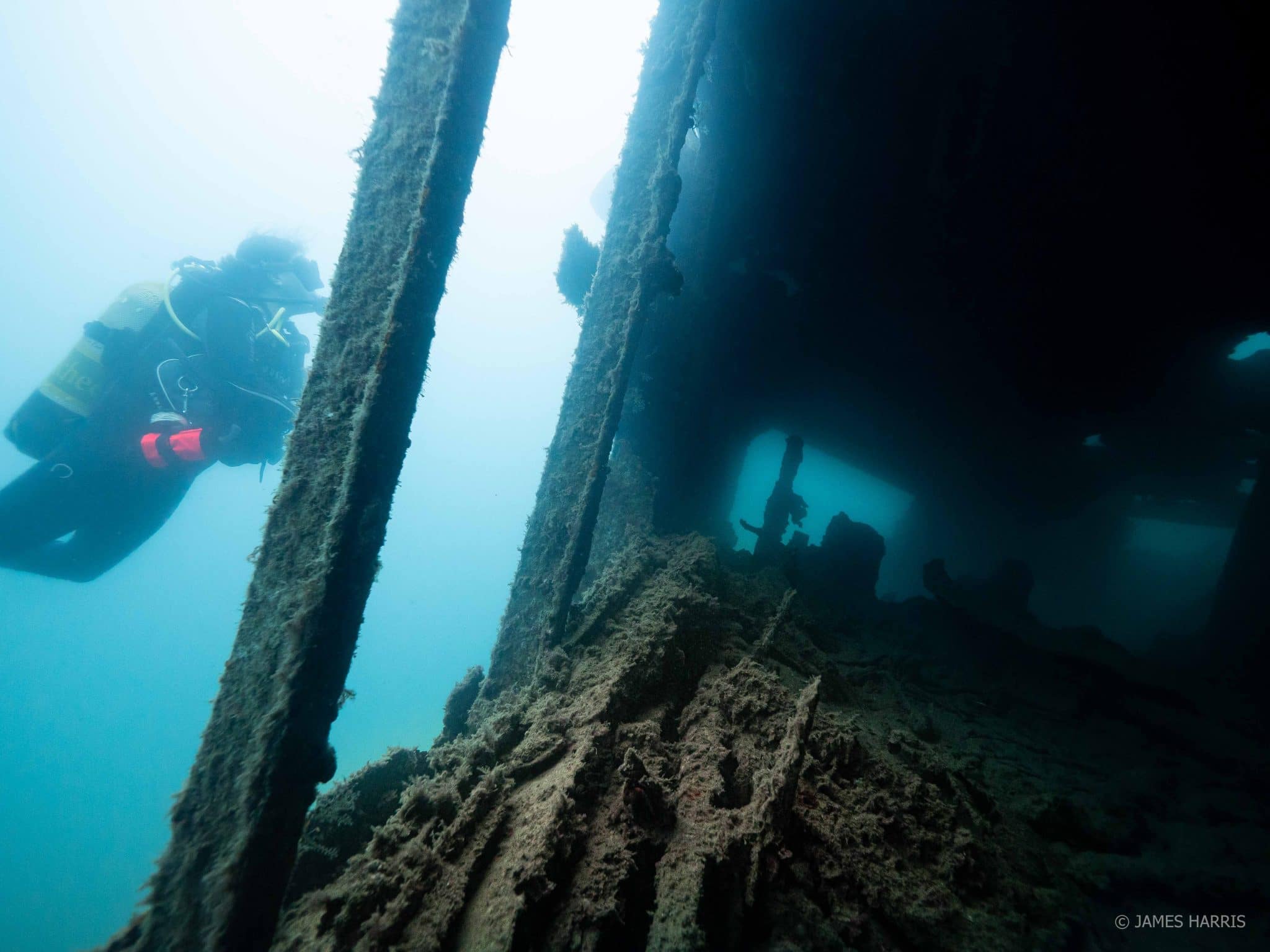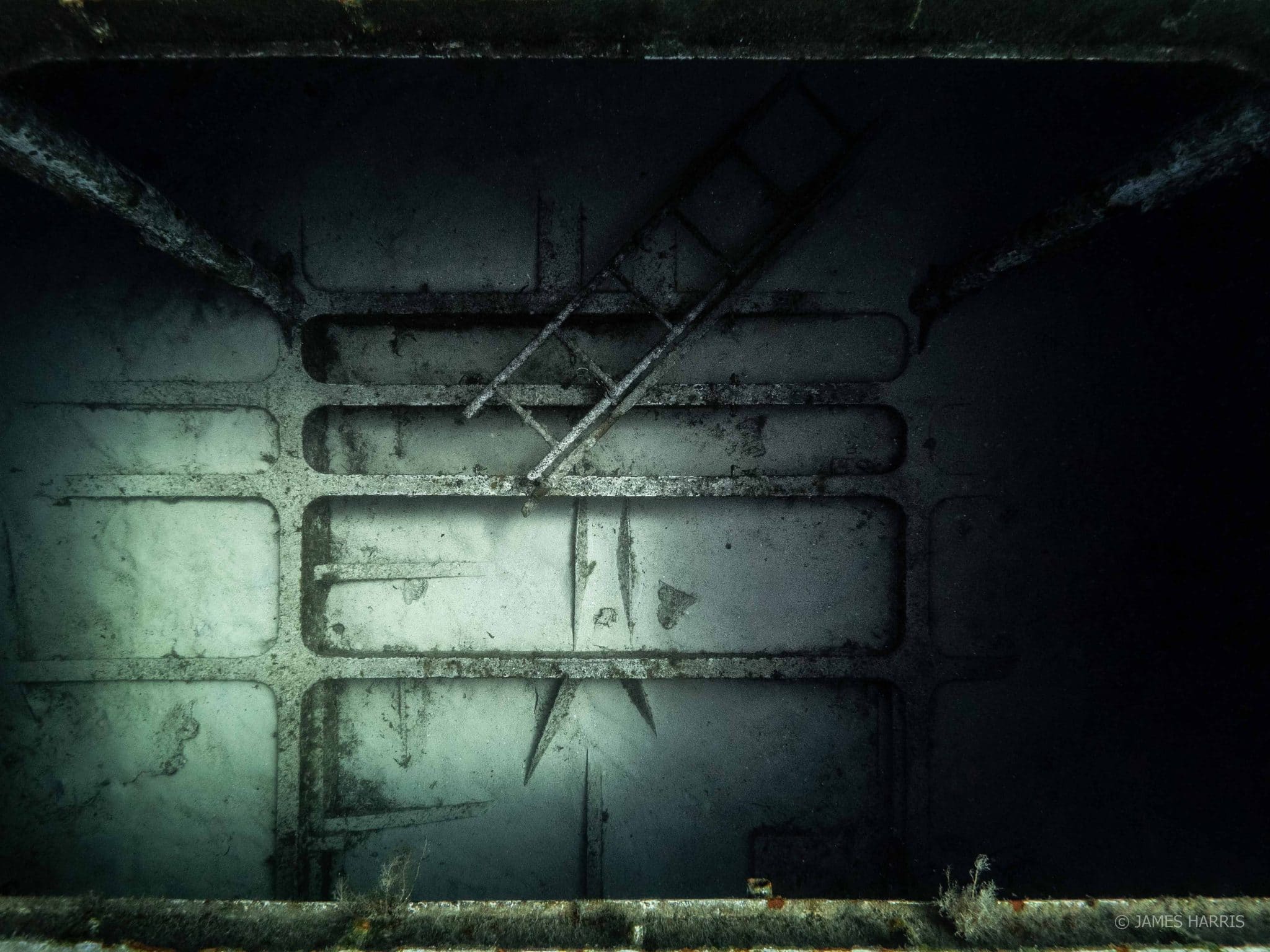News
The inside of a wreck – do I need a special certification to take interesting photos?
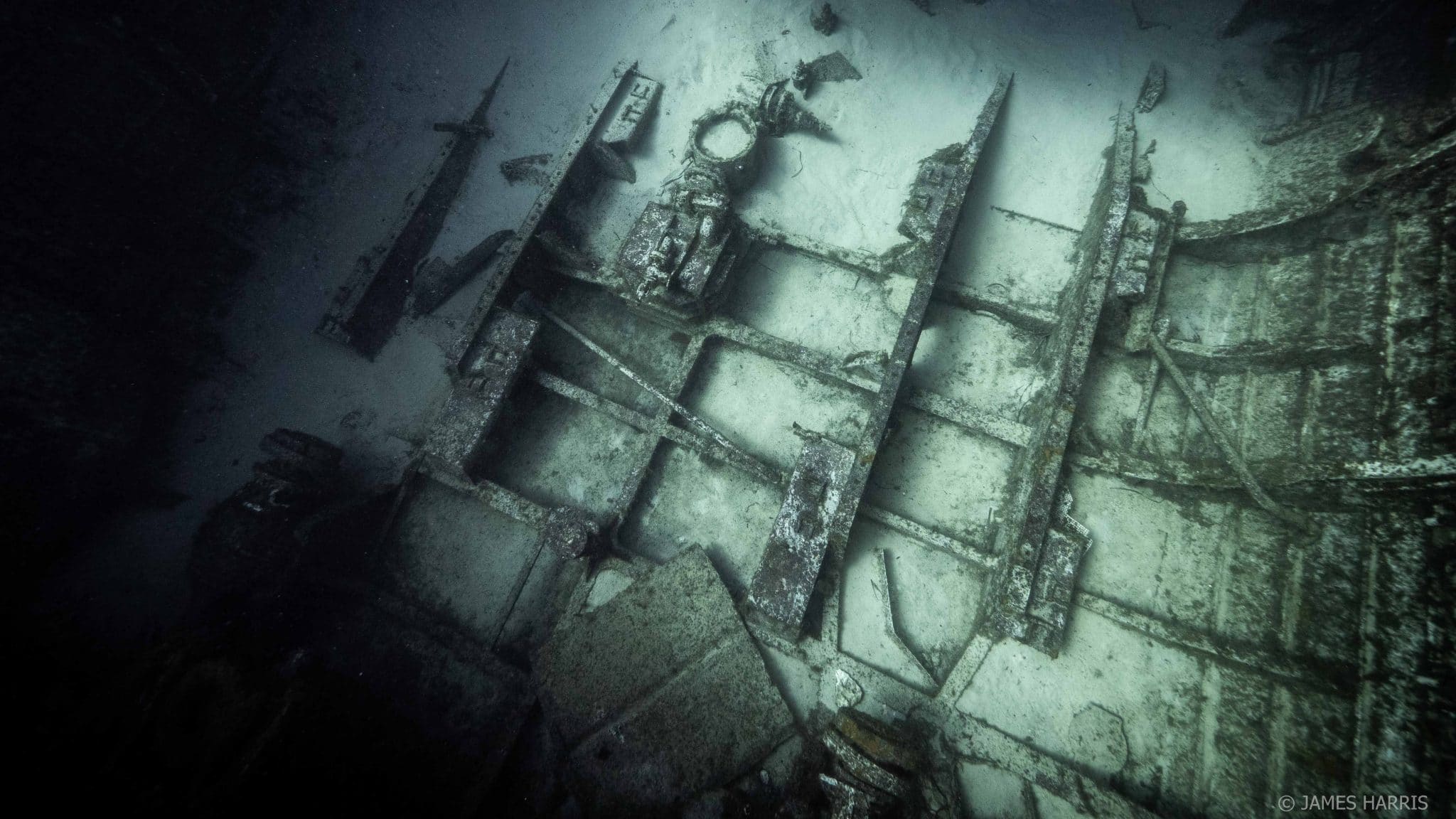
If you’ve ever asked your dive guide during a pre dive briefing whether you’re allowed to go inside a wreck, you may have been told that it will cost you an extra certification, or “specialty.” Either that, or you’re diving the SS Thistlegorm in the Red Sea and the first time you consider venturing inside the wreck is as your guide carelessly swims into a dark void, leaving you to contemplate your choices, but that’s another story…
A “penetration” dive (yes that’s a technical term, don’t look at me like that), involves diving inside a wreck where direct, upward access to the surface isn’t possible. Dives of this nature require specialised training, such as the “wreck” certification, or other advanced technical courses.
This may lead you to think that the best photos are unavailable to you until you can justify forking out for that next plastic card. However, if you are willing to think outside the box and be a little bit creative, you might be surprised. Here are three techniques for taking interesting shots while staying outside the wreck:
Technique 1: Shooting through gaps
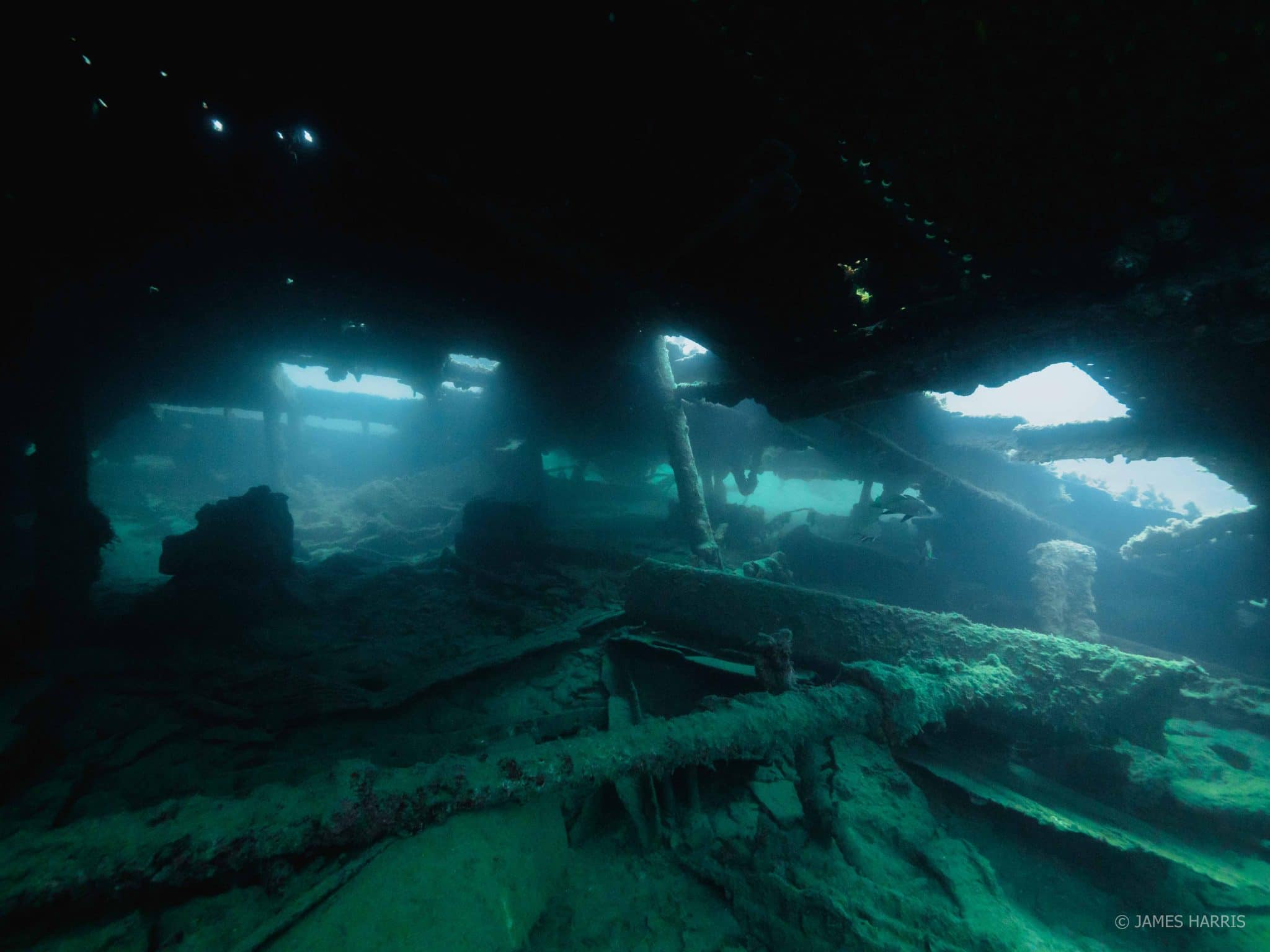
The HMS Maori was a British WW1 destroyer originally sunk by a German bomber and now rests at 15m of depth in St Elmo Bay in Malta.
The photo above may look like it was taken from inside of the wreck, but apart from my arms and camera, I was still outside. Shooting through a gap in the hull (see the diver in the picture below) resulted in a moody shot looking up through the damaged deck, which let just enough light through to illuminate the mechanical parts on the seabed.
Most divers swim straight past these gaps, or only briefly glance through. But spaces such as these offer surprising opportunities for interesting pictures! This is particularly true when sunlight shines through openings in the deck/hull in the background of the shot, creating the type of unique lighting I captured above. Keep an eye out for gaps (big and small) on your next wreck dive and see if you can take a similar photo!
Technique 2: Carefully framing and forced perspective
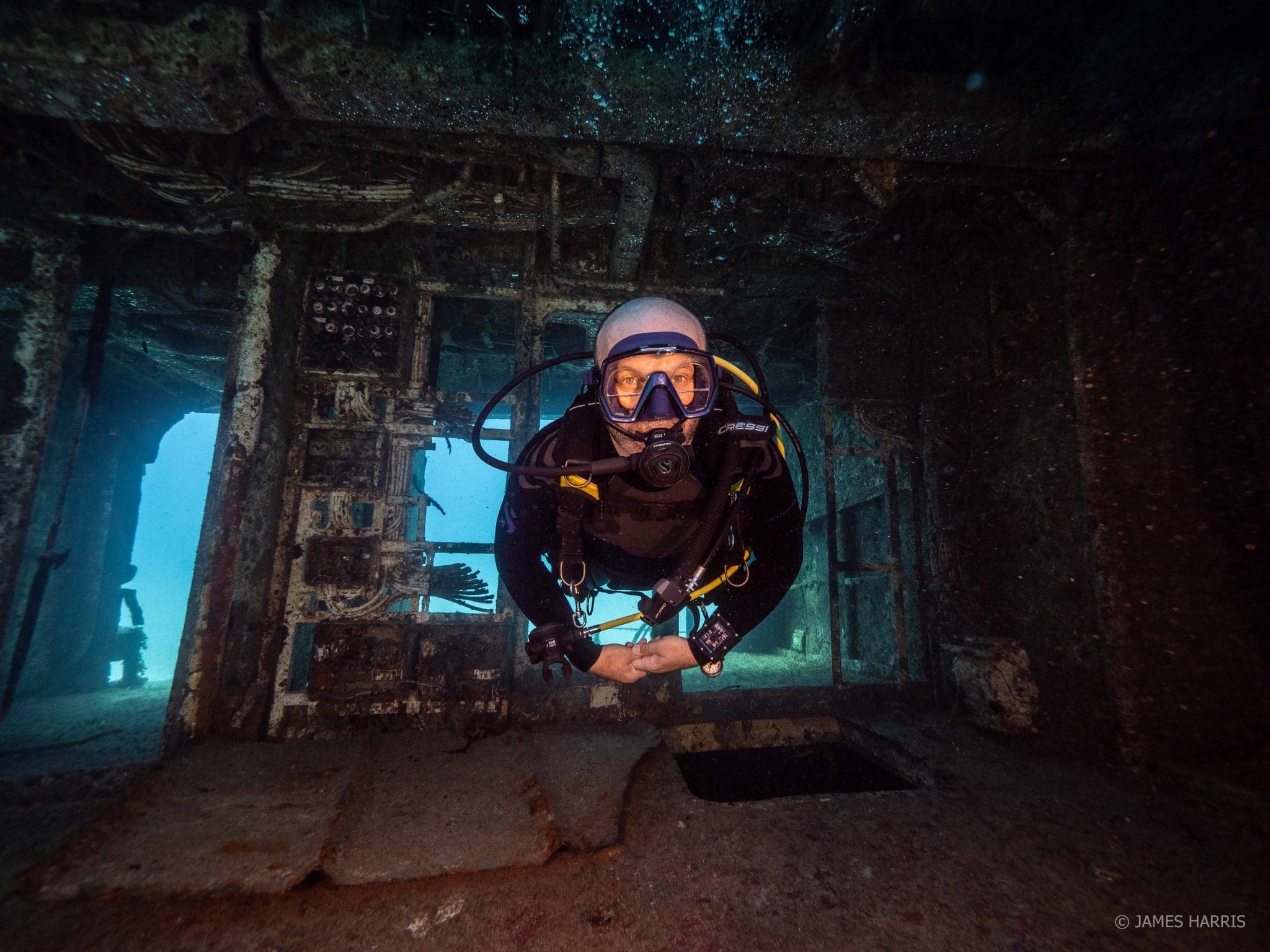
The P31 was a patrol boat for the Maltese armed forces, and now rests at 20m of depth, just south of Comino Island.
As with the previous photo, you might assume the image above was taken during a penetration dive, however both me and the diver were in fact outside of the wreck. So, how did I do it? Firstly, I positioned the subject in front of a swim-through with a naturally well-lit background. Secondly, I made sure the foreground at the top and bottom of the image was cropped, hiding how far forward the ceiling/floor extended. Finally, I illuminated the foreground with artificial lighting to made it look as if there was no sunlight above. The result – an image where both diver and photographer appear to be inside the wreck. Keep an eye for interesting swim-throughs, line your shot up carefully, and you’ll be surprised how convincing your picture can be!
When I was taking this shot, if I were to look straight up, there would have been bright blue ocean above me!
Technique 3: Shooting from above
This photo is a little different. Conventional wisdom tells you that shooting straight down is a bad idea. This is generally true, but only because you often blur the distinction between background and foreground and interesting features become lost. However in this case, a storage hold created a unique exception to the rule. Keeping the edge of the steel opening in the frame helped create depth that is generally lost shooting down, and the contrast between the sand and the darker steel framework helps this image pop. The black shadows that creep in from the dark edges create a sense of uneasiness that really draws you in. As I was floating above this dark space, I couldn’t help feeling an urge to slowly sink down into it. As someone that shouts at the characters in horror films not to do stupid things, I couldn’t help but feel a bit hypocritical…
So, to answer to my original question – no, you don’t need that cert to take interesting wreck pictures! Get creative and try these three techniques on your next wreck dive. You might just swim away with something quite unique!
Marine Life & Conservation Blogs
Book Review: Shells of the World

Shells of the World: A Natural History by M.G. Harasewych
Shells of the world is a guide to the world of marine, shelled molluscs. And what a varied and interesting world it is. Some of my favourite things to find on a dive are detailed in this book, including disco clams (or Electric File Clams as they are correctly names), the cephalopods, giant clams and sea hares. There are also many on my wish list, top of which is the Nautilus.
Each chapter provides a detailed description of the species, along with beautiful images. You can dive deeper and discover where they live, both with global distribution and the habitat they prefer. Learn about their diet, reproduction and diversity.
Having dipped in and out of this lovely book over the past few weeks, it has inspired me to learn more about this group of animals that we see on most divers, wherever we are in the world. Some of the shells are incredibly intricate and beautiful. I have always agreed with never collecting, or touching, marine life. The description of a certain set of cone shells should be a warning to those that are happy to pick up marine life! One of the cone shells has a local name called the cigarette snail. Why? Because once the venom is in your system from this animal, you only have time to smoke one cigarette before the affects of the venom are fatal!
What the publisher says:
Mollusks are invertebrate animals with a remarkable natural history and a rich fossil record, and their shells are prized for their breathtaking variety and exquisite beauty. Shells of the World provides a wide-ranging look at the incredible diversity of marine mollusks. An informative introduction outlines the lineages covered, followed by a directory section, split into classes, that profiles a broad selection of different taxa to give a sense of their sheer numbers and variety.
- Features hundreds of beautiful color photos, depicting both the live animals and their shells
- Discusses mollusk evolution, anatomy, life cycles, behavior, and ecology
- Describes unique characteristics, distribution, habitat, and size
- Provides valuable insights into the conservation of the world’s marine mollusks
- Ideal for malacologists and shell collectors everywhere
About the Author:
M. G. Harasewych is research zoologist emeritus and former curator in the Department of Invertebrate Zoology at the Smithsonian Institution’s National Museum of Natural History. A fellow of the American Association for the Advancement of Science, he is the author (with Fabio Moretzsohn) of The Book of Shells: A Life-Size Guide to Identifying and Classifying Six Hundred Seashells.
Book Details
Publisher: Princeton University Press
Hardcover
Price: £25
ISBN: 9780691248271
Published: 9th April, 2024
Gear News
Go anywhere with Stahlsac
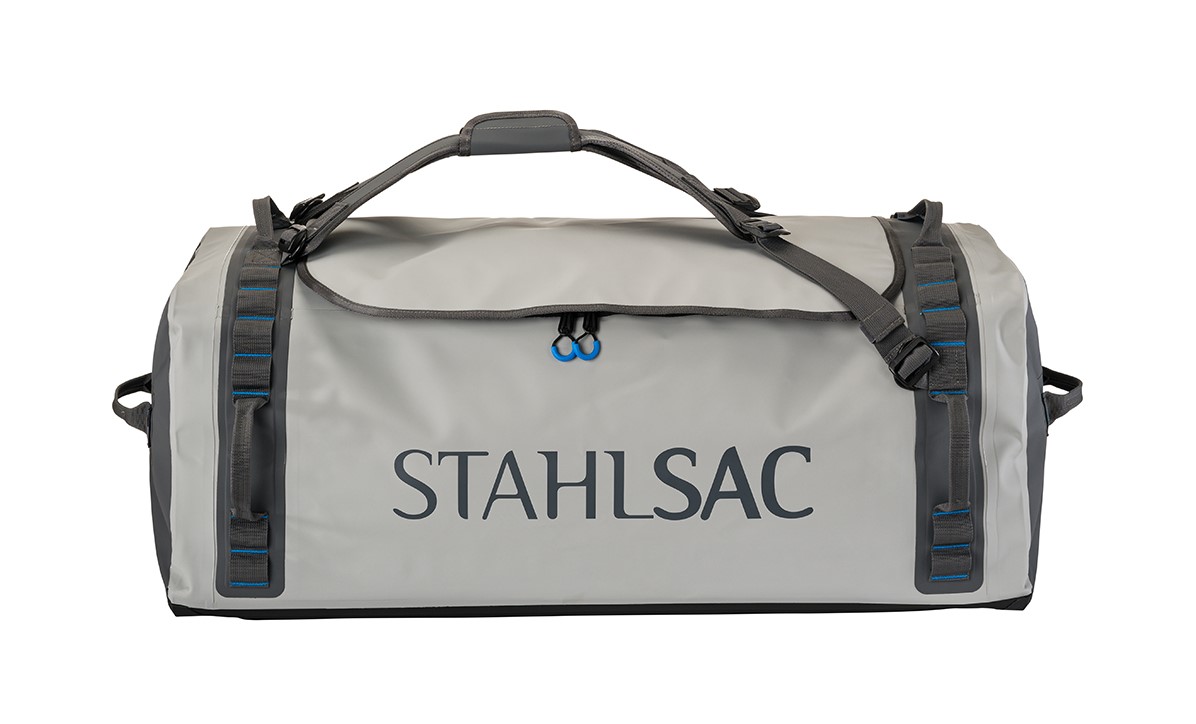
Stahlsac dive bags and travel luggage are built for our community of divers, surfers, kayakers and outdoor explorers who need bags that are constructed with durability, toughness, and 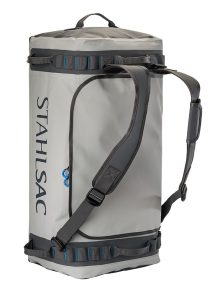 the highest quality the industry has ever seen. We were founded by one man determined to build better watersports and dive bags, and today, that mission is carried on by many. Adventure doesn’t just present itself; it requires discovery. When we design dive bags, we make sure they are tough enough for you to explore in all conditions—warm and cold, wet and dry—to the nearest and farthest reaches of the earth. And for those times you want to push the boundaries of adventure, Stahlsac dive bags make sure you can truly GO ANYWHERE.
the highest quality the industry has ever seen. We were founded by one man determined to build better watersports and dive bags, and today, that mission is carried on by many. Adventure doesn’t just present itself; it requires discovery. When we design dive bags, we make sure they are tough enough for you to explore in all conditions—warm and cold, wet and dry—to the nearest and farthest reaches of the earth. And for those times you want to push the boundaries of adventure, Stahlsac dive bags make sure you can truly GO ANYWHERE.
Abyss Duffels
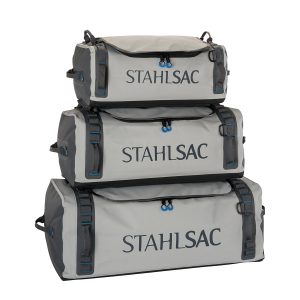 Made to be your partner-in-crime on every adventure, Stahlsac’s Abyss Duffels protects your gear from Mother Nature’s worst. Tough and 100% waterproof with double-TPU nylon material that shrugs off daily wear-and-tear, and RF-welded seams further boost the bag’s potential for lifelong exploring. Get Wet. Get Lost. Go Anywhere with Abyss.
Made to be your partner-in-crime on every adventure, Stahlsac’s Abyss Duffels protects your gear from Mother Nature’s worst. Tough and 100% waterproof with double-TPU nylon material that shrugs off daily wear-and-tear, and RF-welded seams further boost the bag’s potential for lifelong exploring. Get Wet. Get Lost. Go Anywhere with Abyss.
- A weatherproof duffel for trips, travel, and adventure
- Ultra-durable double-TPU nylon protects your gear
- Material repels water and keeps your equipment dry
- RF-welded seams are flush, tough, and waterproof
- Removable straps transform duffel into backpack
- Zippered internal stow compartments carry essentials
- External zippered flap is easy to open and close
- Welded external handles make transporting a breeze
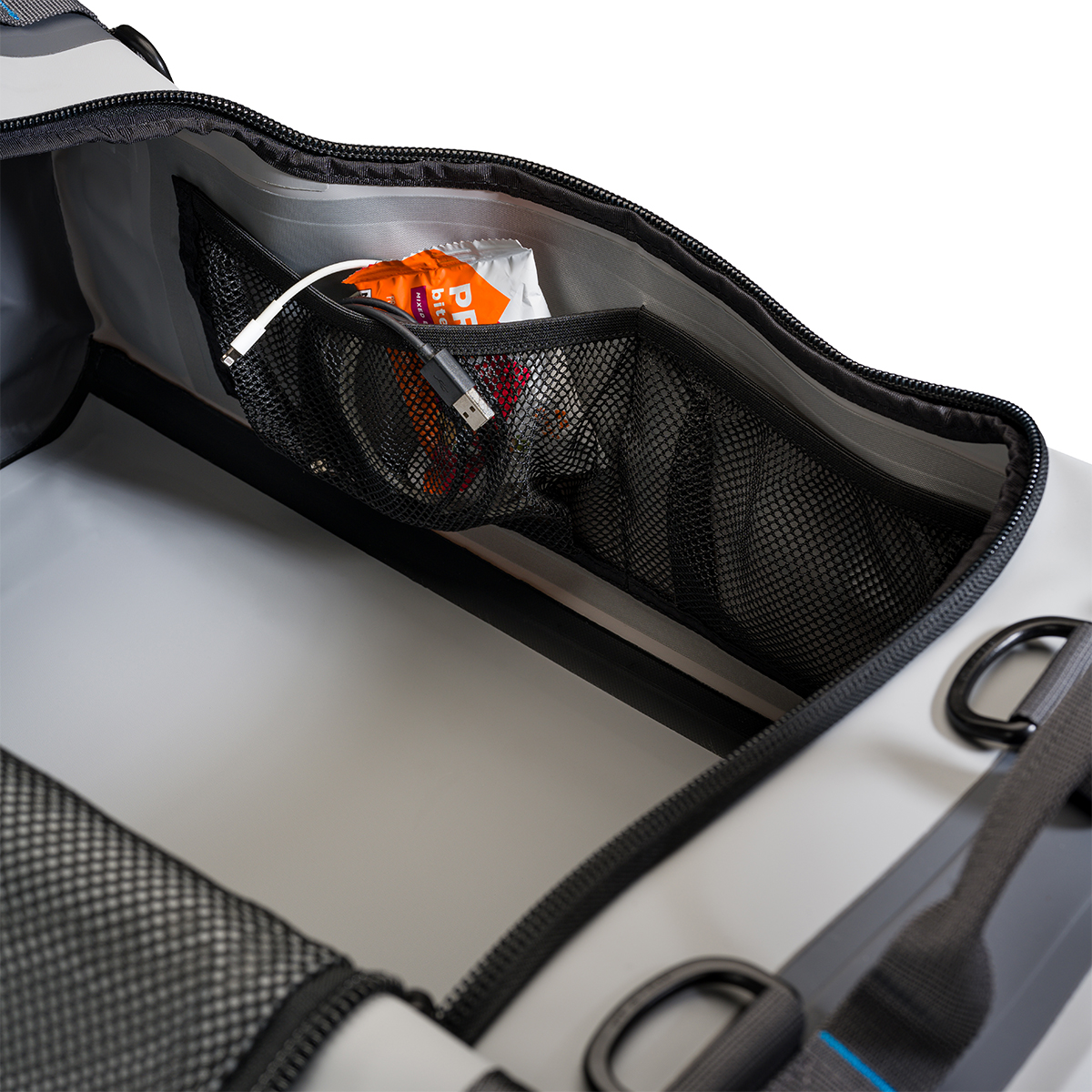
Panama Mesh Backpack
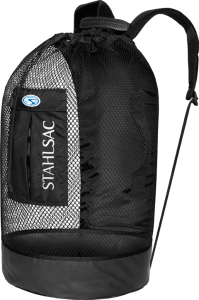 The most copied design in scuba diving, the Stahlsac Panama Mesh Backpack is the “original” design and features two high-density foam padded shoulder straps, extra durable polyester mesh, duffel bag handles and our unique zippered dry pocket inside that combines with a wet pocket outside. The bottom’s built from reinforced 18-gauge PVC nylon to combat the wear and tear of your active coastal lifestyle, and, as a bonus in every bag, we supply a 12″ x 12″ mesh drawstring satchel for extra stowing utility. Pack up your beach kit and go.
The most copied design in scuba diving, the Stahlsac Panama Mesh Backpack is the “original” design and features two high-density foam padded shoulder straps, extra durable polyester mesh, duffel bag handles and our unique zippered dry pocket inside that combines with a wet pocket outside. The bottom’s built from reinforced 18-gauge PVC nylon to combat the wear and tear of your active coastal lifestyle, and, as a bonus in every bag, we supply a 12″ x 12″ mesh drawstring satchel for extra stowing utility. Pack up your beach kit and go.
- Density foam padded shoulder straps
- Outside wet/dry pockets
- 2 Carry handles
- Tough, snag-resistant polyester mesh
- Reinforced PVC bottom
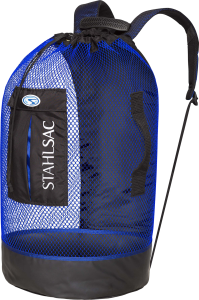
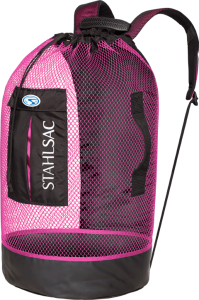
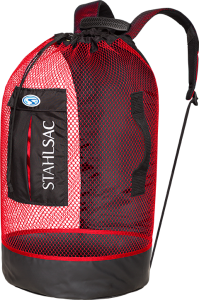
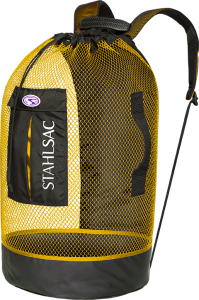
For more information about Stahlsac bags, visit www.stahlsac.com/dive-bags.
Sea & Sea is the home of Stahlsac and other leading diving brands in the UK.
-

 News3 months ago
News3 months agoCapturing Critters in Lembeh Underwater Photography Workshop 2024: Event Roundup
-

 Marine Life & Conservation Blogs3 months ago
Marine Life & Conservation Blogs3 months agoCreature Feature: Swell Sharks
-

 Gear Reviews4 weeks ago
Gear Reviews4 weeks agoGEAR REVIEW – Revolutionising Diving Comfort: The Sharkskin T2 Chillproof Suit
-

 Blogs2 months ago
Blogs2 months agoMurex Resorts: Passport to Paradise!
-

 Blogs3 months ago
Blogs3 months agoDiver Discovering Whale Skeletons Beneath Ice Judged World’s Best Underwater Photograph
-

 News3 months ago
News3 months agoPADI Teams Up with Wellness Brand Neuro to Drive Ocean Change and Create a Blue State of Mind
-

 Gear Reviews3 months ago
Gear Reviews3 months agoGear Review: Oceanic+ Dive Housing for iPhone
-

 Marine Life & Conservation2 months ago
Marine Life & Conservation2 months agoSave the Manatee Club launches brand new webcams at Silver Springs State Park, Florida


